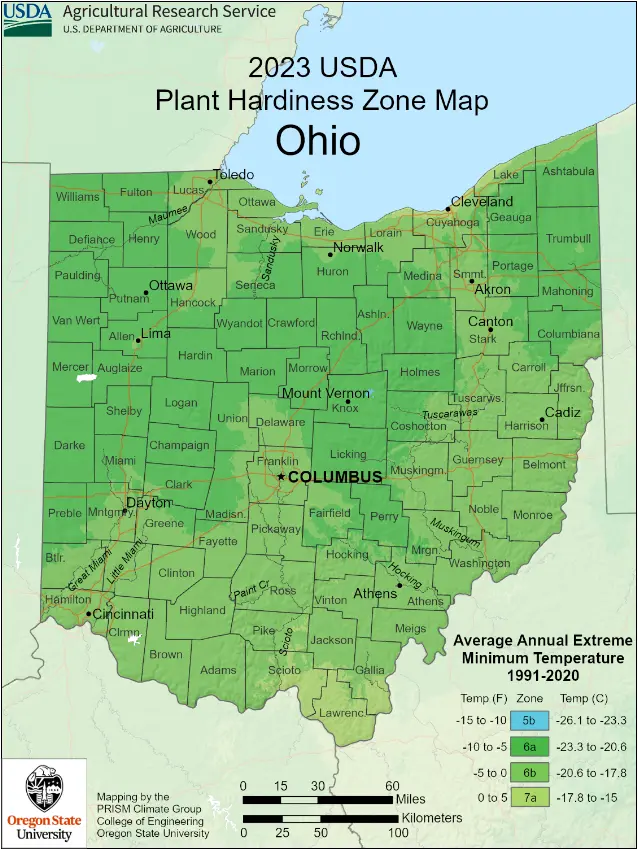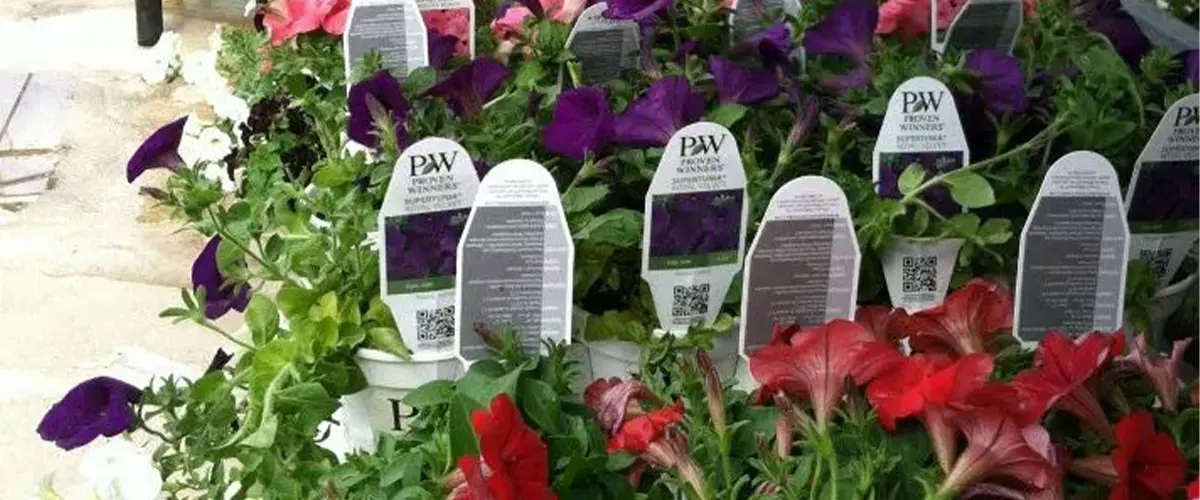
Walking the aisles of a large gardening store can be overwhelming. The plants on the seed packages look bright and healthy, but are they the right plants for the gardening zone you’re located in?
Having a local approach to gardening is your best bet for a flourishing garden.
The soil characteristics and air quality change depending on the geographical features of your location.
So, your first step to a thriving garden should be examining your land and its potential.
How Can The USDA Help You
The United States Department of Agriculture (USDA) aims to make life easier for gardeners and farmers by helping them understand their local climate, soil, and growing conditions. The USDA’s planting zones in Ohio, along with other soil and weather quality indicators, are an excellent resource for gardeners.
First, consider the USDA hardiness map and what reveals about each region. The map identifies each hardiness zone by color.
Understanding The USDA Hardiness Map & Hardiness Zones
The USDA Hardiness Map divides the United States, including Alaska and Hawaii, into thirteen hardiness zones on the plant hardiness zone map. Each zone consists of subzones, a and b.
In general, the zones with lower numbers tend to be further north and inland. However, southern states and coastal regions tend to have higher numbers.
These temperatures reflect the minimum average low temperature. The number gives you an idea of the air temperature your plants will encounter overnight throughout the winter. This indicator gives growers an idea of which perennials will survive more than a season at their location.
The temperature in each area determines its hardiness zone and subzone. The temperatures below are in Fahrenheit.
- Zone 1: -60 to -50 °F
- Zone 2: -50 to -40 °F
- Zone 3: -40 to -30 °F
- Zone 4: -30 to -20 °F
- Zone 5: -20 to -10 °F
- Zone 6: -10 to 0 °F
- Zone 7: 0 to 10 °F
- Zone 8: 10 to 20 °F
- Zone 9: 20 to 30 °F
- Zone 10: 30 to 40 °F
- Zone 11: 40 to 50 °F
- Zone 12: 50 to 60 °F
- Zone 13: 60 to 70 °F
Ohio is far from Zone 1 (which occupies the inland regions of Alaska) and falls within zones 5 and 6. Zone 5 predominates in the inland areas of northern Ohio. Zone 6 is predominately in southern Ohio.
The arrangement of planting zones in Ohio might be more complex than you might guess from the national map. Some coastal areas near Lake Erie fall within zone 5. However, inland areas to the south are in zone 6a or 6b.
Ohio’s Growing Zones
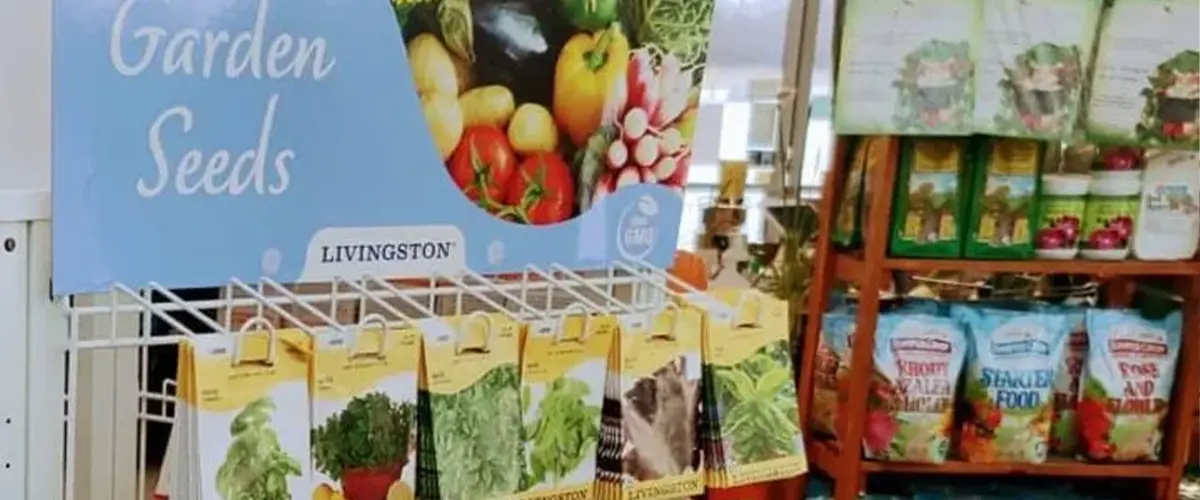
Plants that Grow In Ohio's Zone 5
Patches of Ohio without the moderating effects of the Ohio River and Lake Erie fall within Growing Zone 5. This zone has a minimum average temperature between -10 and -20 degrees Centigrade.
Here are some plants and perennials that can grow in Zone 5:
These areas are ideal for growing salad vegetables such as lettuce, kale, and radishes. Lilies, hostas, lavender, and many other plants also grow well in zone 5.
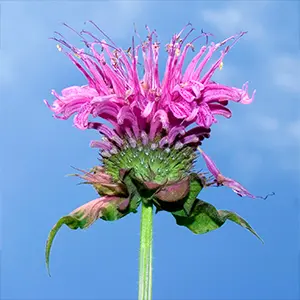
Beebalms
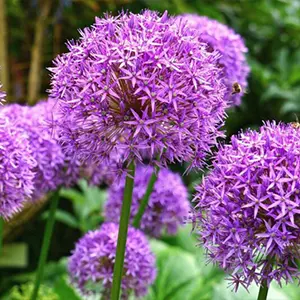
Allium
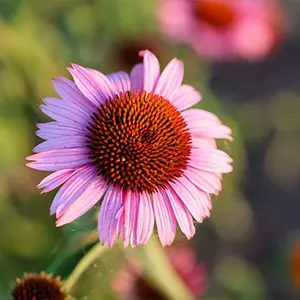
Coneflower

Hollyhock

Phlox

Chives
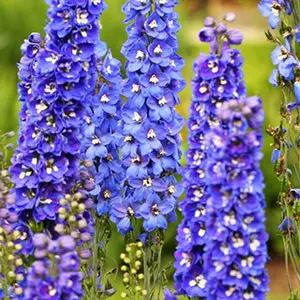
Delphinium
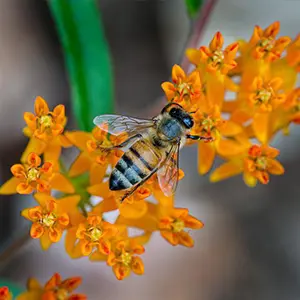
Butterfly weed
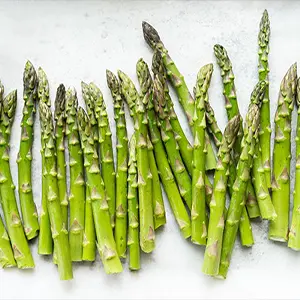
Asparagus
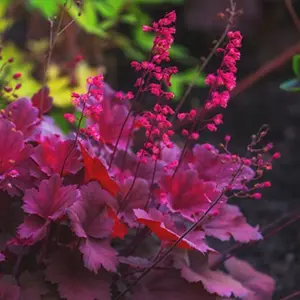
Coral bells
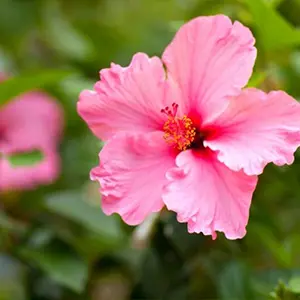
Hibiscus
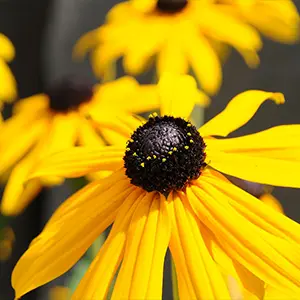
Rudbeckia
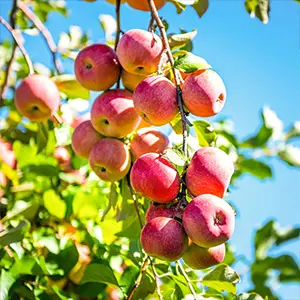
Apple trees
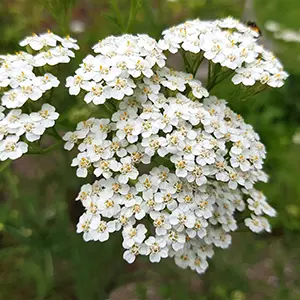
Yarrow
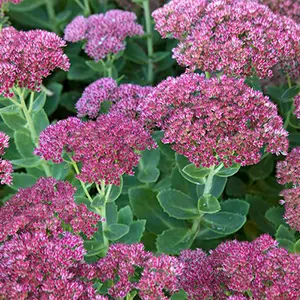
Sedum
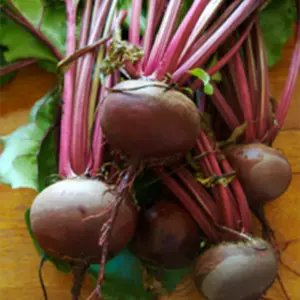
Beets
If you want to grow a variety of plants in zone 5, you can raise the temperature of the soil using row covers and razed planter boxes. These devices will help your plants retain heat over the winter and warm up more quickly in the spring.
Plants that Grow In Ohio's Zone 6
Much of Ohio, particularly coastal areas and southern Ohio, is in Zone 6a and 6b. Being slightly warmer than Zone 5, Zone 6 is well-suited to certain fruits and vegetables.

Peas

Tomatoes

Squashes
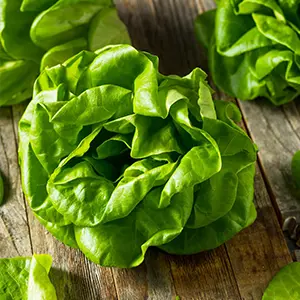
Butter Lettuce

Peaches
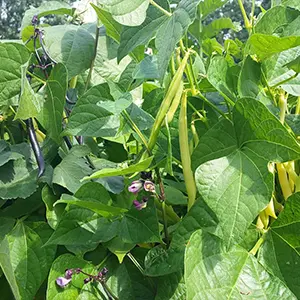
Bush Beans

Cherry Tree

Carrots
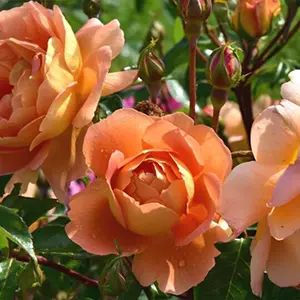
Roses

Wisteria
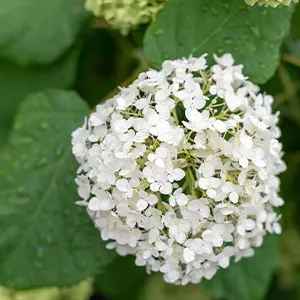
Hydrangea
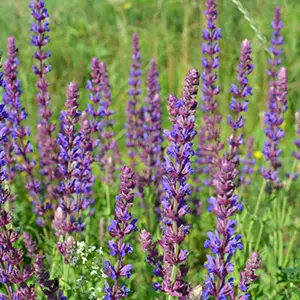
Salvia
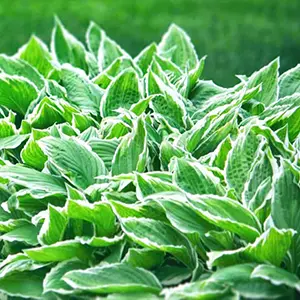
Hosta
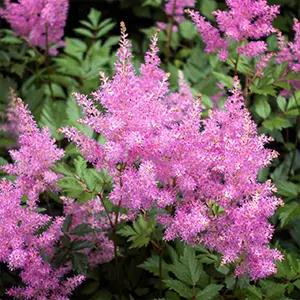
Astillbe
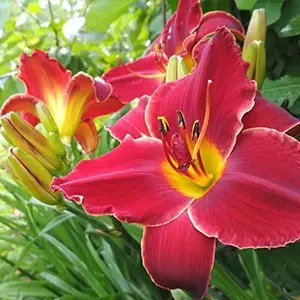
Day Lily
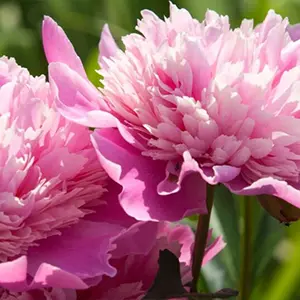
Peons
Plant Growth Along The Ohio River
A small part of southern Ohio along the Ohio River is in Zone 6b. Zone 6b is more suitable for less hardy fruits and vegetables and more conducive to a longer growing season.
The water profoundly influences the air and ground temperature in its vicinity. Proximity to the river might have other effects on plants and vegetables
Beyond Hardiness Zones
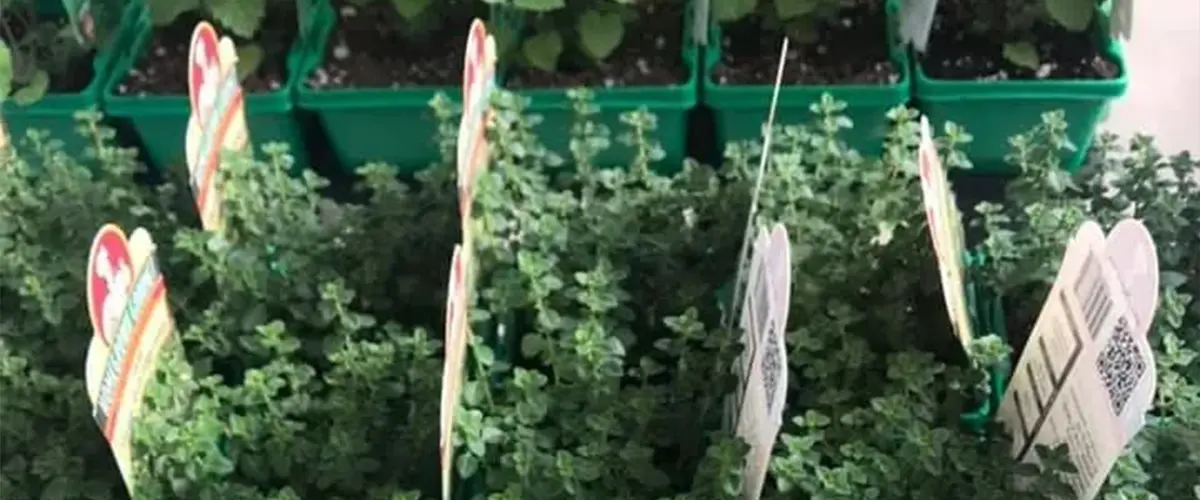
Hardiness zones based on minimum average temperature are only part of the equation when deciding what to grow on your property. Hardiness can give you confidence that your plants will survive the winter.
However, it does not tell you about:
- How the plants will fare in the summer
- Whether insects and disease might threaten the plants
- The length of the growing season
- The ideal type of fertilizer and fertilization schedule
Plants have different needs for average rainfall, days of sunlight, soil pH, and other factors. In flat, featureless parts of the country, growing conditions can be similar for hundreds of miles. In other locations, hills, rivers, valleys, and other geographical features can make one town’s weather markedly different from the next town.
Fortunately, you can maximize your chances that your garden blooms heartily. You can also ensure your vegetable garden reaps a large harvest this year. Talk to an experienced gardener in your community who has solid knowledge of the local climate conditions (or microclimate).
Experience And Dedication At Farrell’s Lawn And Garden Center
The team of gardeners at Farrell’s Lawn And Garden Center has deep knowledge of weather, soil, and planting zones in Ohio. We guide customers through the local planting, growing, and harvesting seasons. Our expertise helps you push the boundaries so that you can grow the plants you want for your landscaping in Ohio.
Whether you want to gain some insights into the best plants for your property or you want your landscape taken care of by a pro to maximize your success, drop by our store or request a free quote for a callback!

